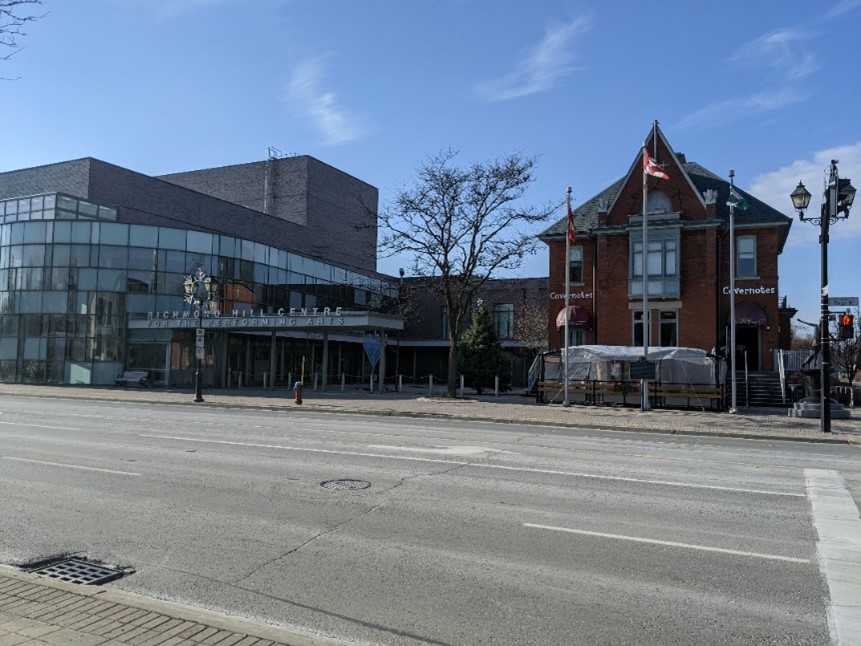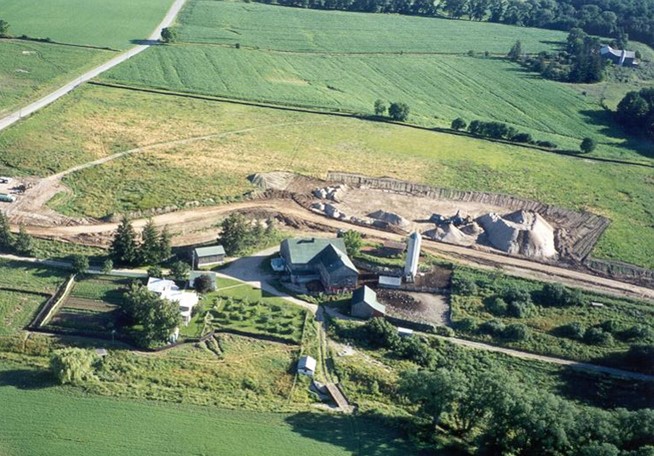Designating Heritage Properties
Learn about property designation and the designation process under the Ontario Heritage Act. This information is part of the Ontario Heritage Tool Kit.
Overview
Every community in Ontario has its own unique culture and heritage. Each city, town, township or county has places, spaces and stories that enrich it, inspire it, enlighten it and guide it in its growth and development.
These places are integral parts of the identity of our communities, and they play a significant role in economic development by helping to enhance a community’s quality of life, strengthen its distinctiveness, stimulate revitalization, and attract tourist dollars.
Under the Ontario Heritage Act, municipalities can pass bylaws to formally designate properties of cultural heritage value or interest. Formal designation is one way of publicly acknowledging a property’s cultural heritage value to a community. At the same time, designation helps to ensure the conservation of these important places for the benefit and enjoyment of present and future generations.
Properties can be designated individually or as part of a heritage conservation district. This guide concentrates on individual property designation under Section 29 in Part IV of the Ontario Heritage Act. It explains what designation is, describes the steps in the process, and explores how it helps to conserve these properties into the future. For more information about heritage conservation districts, please see Heritage Conservation Districts: A Guide to District Designation Under the Ontario Heritage Act.

What’s in this guide?
- Introduction to designation
This section describes what designation is and how it works to protect properties of cultural heritage value or interest. - The designation process
A step-by-step description of the designation process is provided, including a discussion of the role of the municipality, the municipal heritage committee, and the property owner. - Preparing the designation bylaw and related material
This section explains each of the different written requirements for a designation and provides advice on how these should be prepared. - Conserving the cultural heritage value of a designated property
This section describes how designation can work to conserve the cultural heritage value of a property by managing alterations and supporting ongoing maintenance and conservation. - Demolition control
This part of the guide relates to a request for demolition or removal of a building, structure or heritage attribute on a designated property and how demolition can be avoided. - Amending a designation bylaw
When and how should a designation bylaw be amended? This section helps to answer these questions and also discusses when and how a designation bylaw would be repealed. - Resources and further information
This guide is one of several published by the Ministry of Citizenship and Multiculturalism as part of the Ontario Heritage Tool Kit:
- Heritage Property Evaluation
- Heritage Conservation Districts
- Heritage Places of Worship
- Your Community, Your Heritage, Your Committee (Municipal Heritage Committees)
The ministry has published these guidance materials as an aid to municipalities and others working with the Ontario Heritage Act. The information in this guidance is not intended to take the place of legal advice. In the event of any conflict or inconsistency between this guidance and any applicable legislation or regulations, including the Ontario Heritage Act and its regulations, the legislation or regulations prevail.
